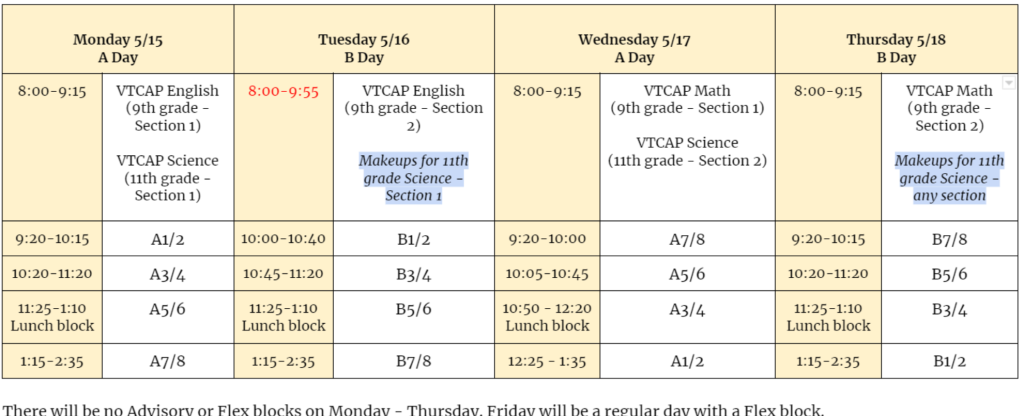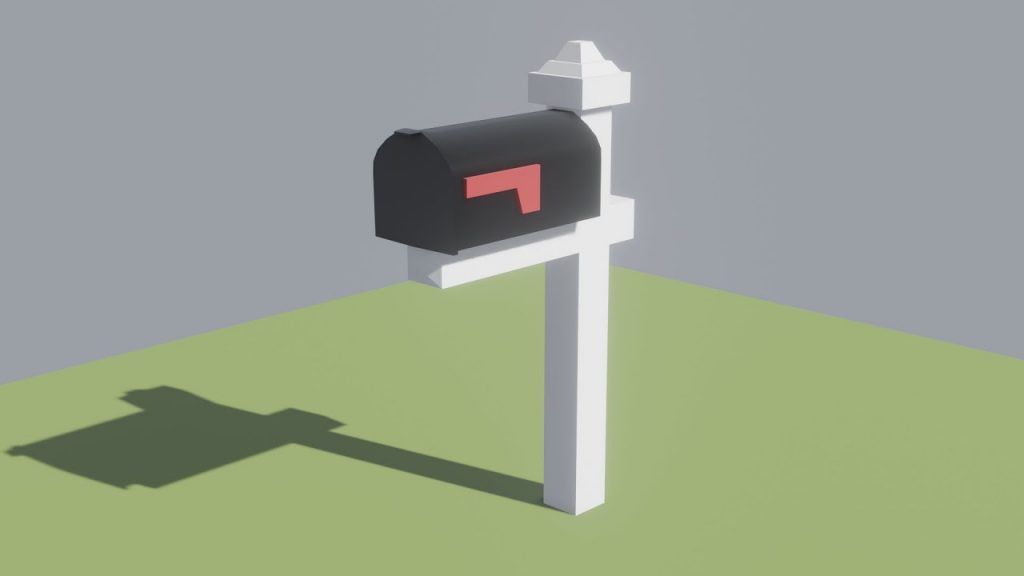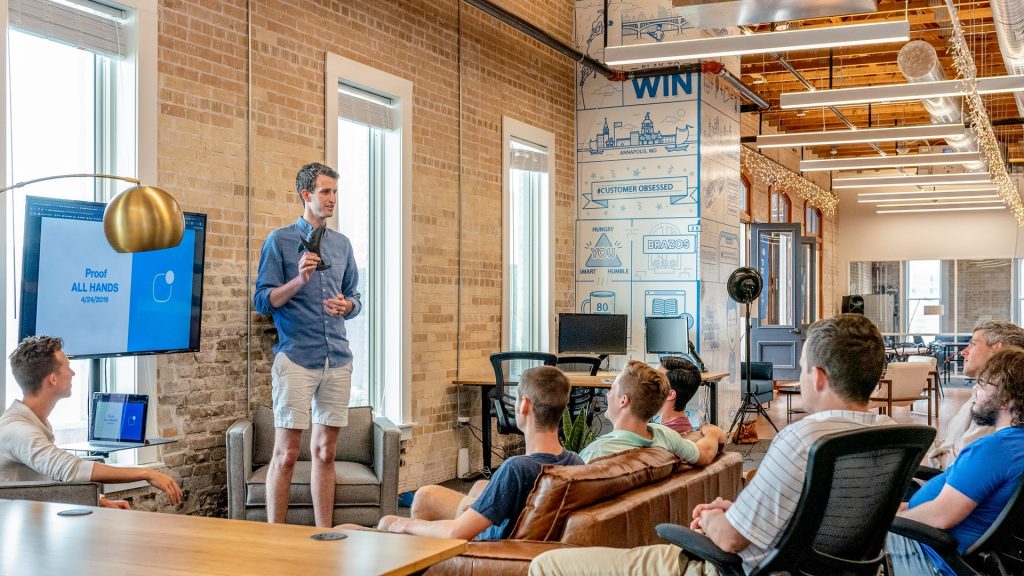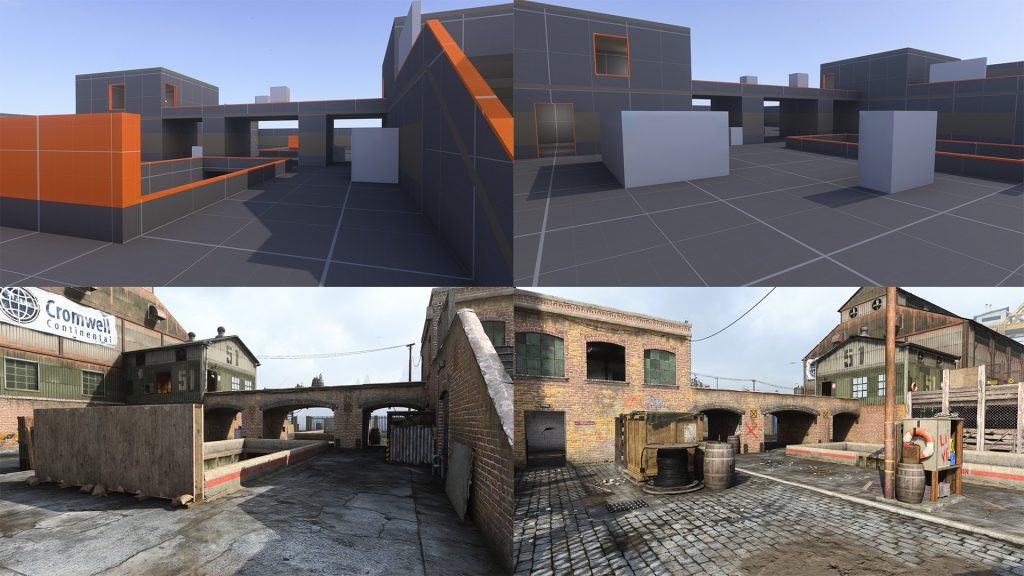Class hours: 9:40 – 2:05
Mr. Bohmann
wbohmann@ewsd.org
Week Thirty Four
Today’s Notes
- Today is an EHS A Day
- May 31st – Portfolio – Ryan 1-2pm (look for email from Ms. Wilson)
- Congratulations to Ryan – People’s Choice Award – Vermont Highway Safety Alliance $500
- EHS testing – alternative schedule this week

- Thursday, there is some filming happening in CAWD – so we might be working with our cameras that day, using the drone, drawing up some storyboards – basically showing some action shots of the types of things we do in CAWD besides computer stuff….
- WorkKeys Update

The next 2 Wednesday’s will be different in CAWD. On May 17th and May 24th we will be doing WorkKeys post-testing for CAWD 1 and select CAWD2 students
Students testing on Wednesday the 17th of May:
You’ll report to CAWD (Mr. Cronin’s classroom:
- Lamotte
- Noble
If your name is not listed above – you do not come to CAWD on the 17th.
Students testing on Wednesday the 24th of May:
You’ll report to CAWD (Mr. Cronin’s classroom:
- Finn
- Waston
In CAWD2 with Mr. Bohmann:
- Lamotte
- Murray
If your name is not listed above – you do not come to CAWD on the 24th.
Questions?
9:40 Monday Mail

9:45 Quick AM Sprint
- 20% – submitted to Classroom – Review talking points
9:55 20% and Basic Level overview that you created (with ProBuilder)

Alphabetical Order by Middle Name
The dropbox for projects is in Google Classroom.
When presenting: Three Questions to respond to:
- What did you learn this week?
- What are you working on/showing us?
- What are your next steps? Where do you go from here? / What are you working towards?
10:35 Break

10:45 English with Mx. Yopp

11:30 CAWD Final Project
Final Project Check-in – are you working with someone, are you working alone, do you have a game in mind? What are the mechanics…..
GDD First Draft is Due today. Submit to Classroom when you have it ready. This is a first draft, you will submit a second draft(final draft).
| Date | Week | Deliverable | Software Development Cycle |
|---|---|---|---|
| May 10th – 12th | One | Project Intro, Game idea generation, pre-planning | Planning |
| May 15th – 19th | Two | Game Design Document, Asset creation / Coding | Analysis / Design |
| May 22nd – May 26th | Three | GUI, Movement, Core Mechanics | Design / Implementation |
| May 3th – Jun 2nd | Four | Prototype with game play | Testing/Maintenance / Publishing/Evaluation |
| June 7th -8th | Game Jam | Evaluation |
Game and Level Design
When you are ready to write your own game, coming up with a great idea is only the first step. A full development cycle involves careful planning, design, coding, and testing. Before you write the first line of code, you should go through the requirements and design steps to figure out what you are going to create and how the game will be written.
We talked about the development cycle last week and I’ve listed them above in the table. I’ve also asked you to create a Trello board for your game in addition to the Game Design Document.
Level Designers vs Environmental Artists
A level is a space where a game happens. Think quickly of some of the games you play and think about the space the level is set in and the complexity of the layout.
Level design is the practice of planning and building spaces for video games. Some of you are really interested in level design, asset creation, texturing, lighting and sound.
Have you ever thought about what a Level Designer’s job is… Level Designers
- Sketch Level Blueprints or storyboards
- Coordinate the placement of obstacles, enemies, bosses, challenges, choke points
- Decide where to trigger certain events
- Provide visual cues or auditory clues as guidance for the player
- Use game mechanics to immerse the player
An Environmental Artist will:
- Design a consistent visual theme to the level (so everything looks consistent)
- Provides visual cues for guidance (leading lines, different colored stones, paths walk ways, key objective in background

Level design has a big impact on game play.
A blockout is a playable rough draft of a game level, built with simple blocky 3D shapes in low detail.
Prototyping the basic structure of a level is done so we can playtest it within the game engine – in this case Unity or Unreal. Playtesting helps us decide whether the level is too small or too big, confusing or entertaining, balanced or broken, etc.
This playtesting is important for any game, or anything where rearranging a room can cause big changes in player behavior. If you realize a room design isn’t working, then you can modify it more easily when it is made of simple shapes. Texturing and materials can be managed later. We can tell if a game is a lot of fun or has high engagement with simple prototypes.
What makes for a good game and level design should be considered before final art renders
What Makes for good level design (and player experience)
- Design your game around a core mechanic
| Interface Mechanics | Game Play Mechanics | Win / Goal Mechanics |
|---|---|---|
| Key movements | Quests | Capturing pieces |
| Overlays & Maps (mini maps) | Taking Turns / Turn Based | Finishing First |
| 2D movement | Level Progression | High Score |
| Looting | Elimination Player v Player | |
| Bosses | Puzzle Solving | |
| Health | Story Completion | |
| Managing Resources | Team Win | |
| Movement |
2. Make your games easier at the start and increasingly more difficult
If a game is too hard at the start, then it is likely you won’t keep going. You want your players to begin playing as soons as possible and ensure that gameplay gets progressively more difficult. During level design, constantly ramping up the difficulty as players get more experience is crucial to building a game that players want to finish.
3. Create Options & Different Views (change up the scenery & Balanced gameplay)
You want to give players options throughout their gameplay. Think Mario Kart. You have the option to stick to the main course, which is longer but easier to maneuver or there are shortcuts which might be more difficult but perhaps you can get coins, power ups or new adventures (original super mario you could stay on main level, jump into the sky or go down the pipes)
Besides different and interesting routes, you can allow your character to customize using equipment (different gear provides different protection vs weight vs speed)
4. Feedback and Rewards
Regular rewards give mini boosts of accomplishment and allow the player to track their progress and reach for goals. Checkpoints can serve as a simple reward. Coins, inventory, power ups, experience can all have a huge impact on player engagement.
5. Meaningful Core Mission
Donkey Kong – my first real arcade game required the player to run, jump on platforms, climb ladders, dodge barrels and rescue Pauline from Donkey Kong.
Whatever you choose to make the player’s core mission, make sure it’s something that players will want to see through.
121 Level Design & Game Environment Ideas
Assignment: Dissect Your Favorite Game
Due Monday, May 22nd (in lieu of 20%)
This is a pretty easy assignment. You’ll need to select a game you like to play and then spend some time playing the game. Look at the details of the levels you are playing and consider the 5 core principles of good level design from the list above.
Create a document, slide deck, website (jk) and break down your game to show how the game you chose does a good (or not so good) job of using the five principles of good game design.
Screenshots, good descriptions and a quality examples will ensure you get a good grade for this assignment. A bulleted list with very little explanation will not earn a good grade. I want you to spend some time thinking about your game and demonstrating how these principles are used.
12:15 Lunch

12:45 Independent Reading

1:10 Break

1:20 Independent Project Worktime of Individual Support
- Overdue Work
- Game Design Document
- Dissect Your Favorite Game